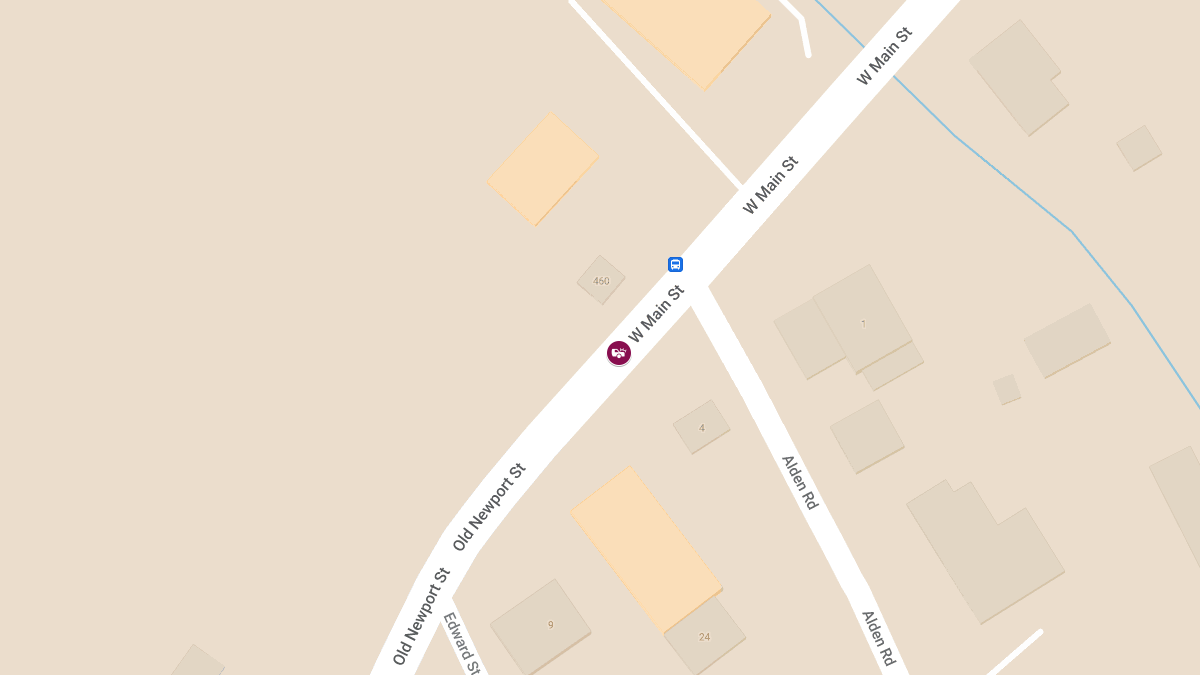
Nanticoke Area’s Emily Kivler, top, wrestles Parkland’s Saige Rittenhouse in the 112-pound Round of 16 on Thursday at the Giant Center in Hershey. Kivler won, 7-6. BOB GAETANO / CONTRIBUTING PHOTOGRAPHER

Honesdale’s Saige Olver, top, wrestles Red Land’s Ava Holjes in the 118-pound Round of 16 on Thursday at the Giant Center in Hershey. Olver won the match by 15-0 technical fall. BOB GAETANO / CONTRIBUTING PHOTOGRAPHER

Delaware Valley’s Kate Prior gets her hand raised after she defeated Northwestern’s Cydney Rea by pin Thursday at the Giant Center in Hershey. BOB GAETANO / CONTRIBUTING PHOTOGRAPHER

Nanticoke Area’s Sierra Ripka, left, wrestles Norwin’s Octavia Walker in the 170-pound Round of 16 on Thursday at the Giant Center in Hershey. Ripka was pinned in the match. BOB GAETANO / CONTRIBUTING PHOTOGRAPHER

Wallenpaupack’s Gia Silva, bottom, wrestles Wilson Area’s Nevaeh Colon in the 112-pound Round of 16 on Thursday at the Giant Center in Hershey. Silva lost the match by technical fall. BOB GAETANO / CONTRIBUTING PHOTOGRAPHER
1 of 5
Nanticoke Area’s Emily Kivler, top, wrestles Parkland’s Saige Rittenhouse in the 112-pound Round of 16 on Thursday at the Giant Center in Hershey. Kivler won, 7-6. BOB GAETANO / CONTRIBUTING PHOTOGRAPHER
HERSHEY — Last year, Jaidyn Mikulak had a finger on her right hand wrapped after she had her nailed ripped off accidentally when breaking up a fight between her…











